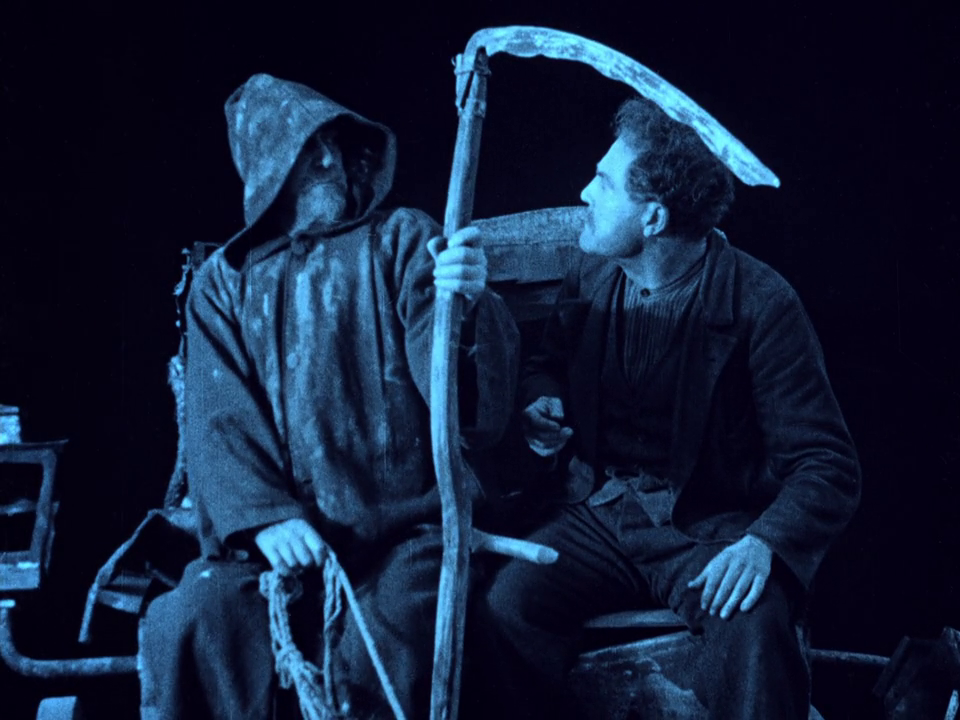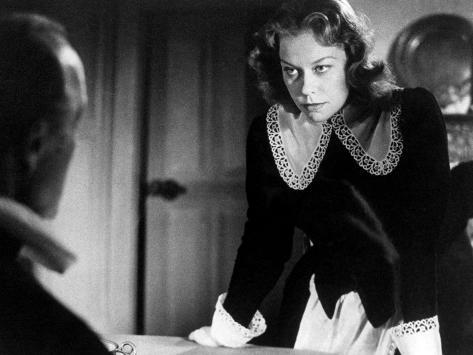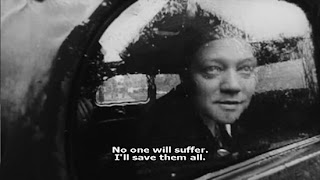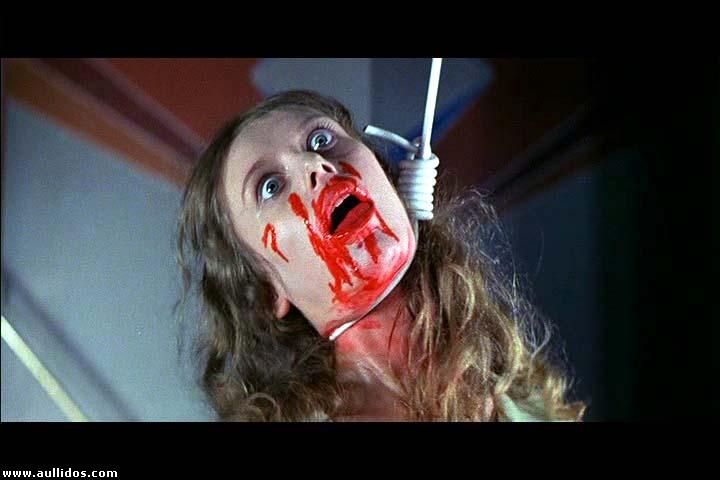When moving to a new culture, there is bound to be some culture clash; however, after time you grow accustomed to most of the new culture and sometimes even learn to appreciate some of the differences. For instance, now that I'm back in America I can't stand how obsequious waiters are in restaurants, and I still find it odd that that the cashier at the grocery store is the one that weighs my produce. There are some things though that I could never get used to, in fact, I don't believe I ever should get used to. I feel fairly confident to say that when teaching abroad, at some point every teacher is going to hear a student say something horribly racist. I don't want to repeat any of what I heard here (since I don't believe most of it is worthy of being reprinted), but as an example I'll say that when I was teaching in Qatar I gave an assignment where the students had to write about someone they thought was a great leader. The most popular choice was to write about Sheikha Mozah. The second most popular was Hitler.
As a young, naive high school teacher in Hungary, I thought it would be good to have a lesson with students about the antisemitic and anti-Roma comments I occasionally heard. The class I was teaching was on US culture, and we had been talking about Martin Luther King, Jr. I felt this was a good time to ask about if they had seen any examples of racism in their lives. Their answers indicated that they had, but the examples they gave all had to do with acts of violence, so I asked if words could be considered racist. For instance, I asked, have any of you told or heard a joke that made fun of Jews or Gypsies? This was definitely the turning point where the lesson started to get uncomfortable and many of the students went on the defense. I will never forget how one student responded. She said that in her experience, every single Gypsy she had ever seen fit the stereotype. Until she met one who didn't, she would hold on to that belief.
I look back now and can't believe how overbearing I was being. I can only imagine the reaction if a foreigner had come to my high school when I was a teenager and accused us of being racist. More so, it has occurred to me that this wasn't my country and this wasn't my battle. It's easy enough for me as an American to pontificate about equality and antisemitism in the Arab-Israeli conflict because it's not my homeland that has been taken away. Compared to my Palestinian students, I don't really see why I deserved to have any place in the conversation.
I recently learned about a documentary titled There Was Once (in Hungarian Egyszer Volt), which is about a history teacher named Gyöngyi Magó in Kalocsa, Hungary, a small town famous for its paprika and embroidery. In researching about the holocaust, she discovered her own small town's role in the holocaust, began to seek out some of the survivors, and to teach her students about it. In some ways I feel like she could do this and I couldn't because it is her town and her country, and she has every right to be a part of the conversation.
I have looked all over the internet, and I can't find a copy of this film for sale. The film's website has some clips and a trailer, but that's all I've been able to find. The US State Department will be screening the film in Washington, DC on December 10th to commemorate Human Rights Day. If you're in the area, I recommend checking it out because there is probably no other way to see this film.
Not all of my attempts at teaching about racism were unsuccessful. One semester I invited students to help generate essay topics, and several wanted to write about racism. At this point I had learned to take a little extra care with this issue, so the prompt I gave them was, "Why do people who hold racist beliefs think they are not racist?" I liked this prompt because it wasn't directly accusing anyone of anything, yet it still comes to a fairly universal truth. I don't think anyone believes they are racist, even people who have really strong racist beliefs. They somehow rationalize it in their mind.
I think this essay prompt worked better than the class discussion I tried to have before for two reasons. First, it was all in writing. Students are going to be more inclined to be honest if they don't have to say what they think in front of the whole class. The other reason is that it allowed for more critical thinking because I wasn't leading the discussion with a particular endpoint in mind. I think if I were to broach this topic in the future it would be more about exploring racism in general or possibly having a debate and allowing the students to come to their own conclusions.
And with that in mind, I hope no one comes to any quick conclusions about people in Hungary or Qatar based simply on this short blog post. As with people anywhere in the world, the majority are absolutely wonderful, but they face their own unique challenges and have their own unique cultural perspectives. I think I have come to learn that judging someone to be a racist can be just as unproductive as judging someone by their race or ethnicity. When we begin to talk about race and racial integration, we should realize that these are incredibly complex and nuanced issues without simple black and white answers (just look at the Guardian's section on Roma, Gypsies, and Travelers for some of these complexities).
And I'd like to thank...
I look back now and can't believe how overbearing I was being. I can only imagine the reaction if a foreigner had come to my high school when I was a teenager and accused us of being racist. More so, it has occurred to me that this wasn't my country and this wasn't my battle. It's easy enough for me as an American to pontificate about equality and antisemitism in the Arab-Israeli conflict because it's not my homeland that has been taken away. Compared to my Palestinian students, I don't really see why I deserved to have any place in the conversation.
Gyöngyi Magó in class
I recently learned about a documentary titled There Was Once (in Hungarian Egyszer Volt), which is about a history teacher named Gyöngyi Magó in Kalocsa, Hungary, a small town famous for its paprika and embroidery. In researching about the holocaust, she discovered her own small town's role in the holocaust, began to seek out some of the survivors, and to teach her students about it. In some ways I feel like she could do this and I couldn't because it is her town and her country, and she has every right to be a part of the conversation.
I have looked all over the internet, and I can't find a copy of this film for sale. The film's website has some clips and a trailer, but that's all I've been able to find. The US State Department will be screening the film in Washington, DC on December 10th to commemorate Human Rights Day. If you're in the area, I recommend checking it out because there is probably no other way to see this film.
Not all of my attempts at teaching about racism were unsuccessful. One semester I invited students to help generate essay topics, and several wanted to write about racism. At this point I had learned to take a little extra care with this issue, so the prompt I gave them was, "Why do people who hold racist beliefs think they are not racist?" I liked this prompt because it wasn't directly accusing anyone of anything, yet it still comes to a fairly universal truth. I don't think anyone believes they are racist, even people who have really strong racist beliefs. They somehow rationalize it in their mind.
I think this essay prompt worked better than the class discussion I tried to have before for two reasons. First, it was all in writing. Students are going to be more inclined to be honest if they don't have to say what they think in front of the whole class. The other reason is that it allowed for more critical thinking because I wasn't leading the discussion with a particular endpoint in mind. I think if I were to broach this topic in the future it would be more about exploring racism in general or possibly having a debate and allowing the students to come to their own conclusions.
And with that in mind, I hope no one comes to any quick conclusions about people in Hungary or Qatar based simply on this short blog post. As with people anywhere in the world, the majority are absolutely wonderful, but they face their own unique challenges and have their own unique cultural perspectives. I think I have come to learn that judging someone to be a racist can be just as unproductive as judging someone by their race or ethnicity. When we begin to talk about race and racial integration, we should realize that these are incredibly complex and nuanced issues without simple black and white answers (just look at the Guardian's section on Roma, Gypsies, and Travelers for some of these complexities).


























